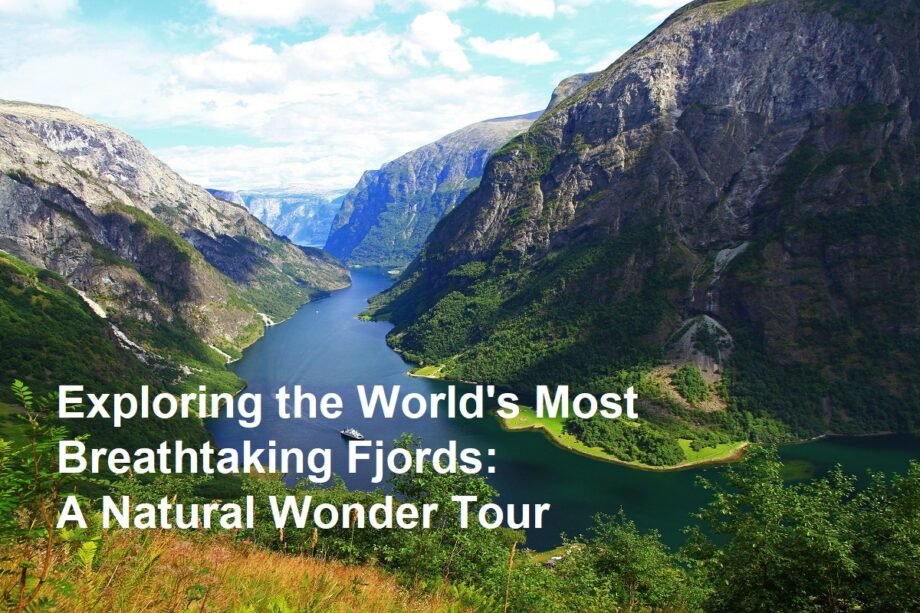Introduction
Fjords are some of the most breathtaking natural landscapes on Earth, characterized by deep, glacially-carved valleys filled with seawater, flanked by towering cliffs or mountains. These majestic formations have captivated travelers and nature lovers for centuries. From the dramatic coasts of Norway to the remote wilderness of New Zealand, the world’s most famous fjords offer unparalleled beauty and unique ecological experiences. This article delves into the highlights of these magnificent fjords and why they remain iconic destinations in global tourism.
What is a Fjord ?
A fjord is a long, narrow inlet created by glacial erosion during the ice ages. Its steep cliffs or slopes rise sharply from the water, creating dramatic and often awe-inspiring scenery. Fjords typically host diverse ecosystems and are home to unique flora and fauna. They are not only geological wonders but also important cultural and historical landscapes shaped by centuries of human interaction.
1. Norway: The Classic Home of Fjords
Norway is synonymous with fjords, boasting some of the most famous and accessible fjords globally. The Geirangerfjord and Nærøyfjord, both UNESCO World Heritage Sites, showcase deep blue waters framed by staggering cliffs and cascading waterfalls. These fjords attract millions of visitors annually who come for cruises, hiking, and photography.
The Norwegian fjords are also notable for their sustainable tourism efforts, ensuring preservation of these fragile environments while providing immersive visitor experiences.
2. Canada’s Fiordland Majesty
Canada’s west coast, especially in British Columbia, counters with spectacular fjords like the Howe Sound and Bute Inlet. These fjords boast lush temperate rainforests and abundant wildlife, including bears, eagles, and orcas. Kayaking and boating are popular ways to explore these serene, yet awe-inspiring waters.
3. New Zealand’s Remote Fjords
The southern regions of New Zealand’s South Island are home to the famed Fiordland National Park, which includes the world-renowned Milford Sound and Doubtful Sound. These fjords are celebrated for their dramatic cliffs, pristine waters, and misty rainforests. Visitors here enjoy boat tours, wildlife spotting, and hiking in some of the most untouched natural environments on Earth.
4. Chile’s Patagonia Fjords
Chile’s southern Patagonia region is a fjord paradise featuring countless waterways weaving through glaciers, mountains, and dense forests. The Balmaceda and Serrano Glaciers fjord areas offer some of the most remote and pristine fjord experiences, accessible mainly by boat or expedition cruises.
Ecotourism and Conservation in Fjord Regions
With increasing tourism, protecting fjords and their surrounding environments has become a priority. Fjord regions globally are advancing sustainable tourism initiatives to balance visitor access and environmental preservation. This includes limiting cruise ship traffic, protecting marine habitats, and promoting eco-friendly activities.
Conclusion
Fjords are natural marvels that combine stunning landscapes, rich biodiversity, and cultural heritage. From Norway’s iconic waterways to Chile’s wild Patagonia, these fjords captivate the imagination and beckon adventurers worldwide. Whether you seek peaceful nature escapes or thrilling outdoor activities, exploring the world’s famous fjords promises unforgettable experiences that connect you deeply with the planet’s natural wonders.









